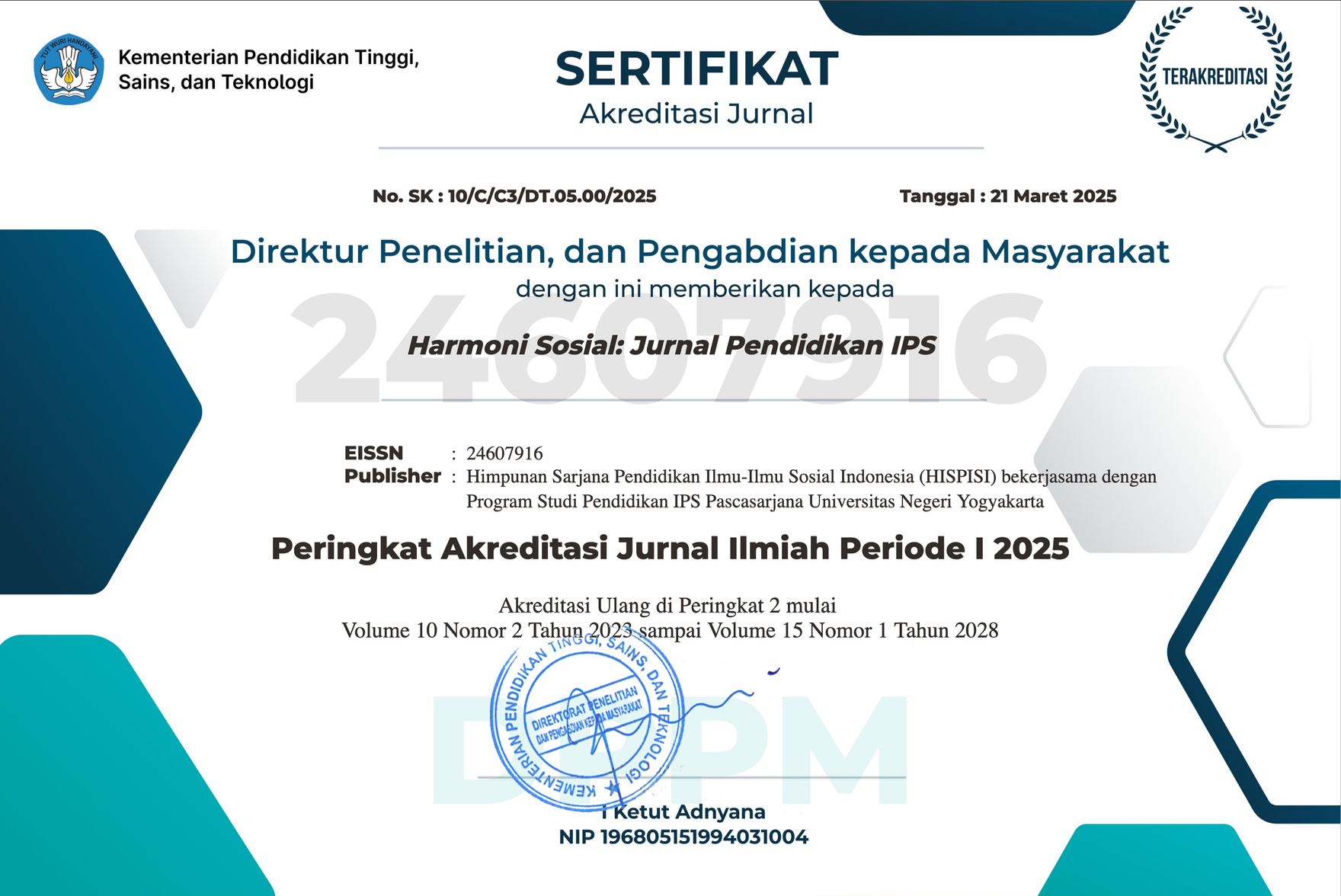Historical interactive virtual reality learning in college
Downloads
Downloads
Abulrub, A. H. G., Attridge, A. N., & Williams, M. A. (2011, April). Virtual Reality in engineering education: The future of creative learning. In 2011 IEEE global engineering education conference (EDUCON) (pp. 751-757). IEEE.
Aqib, Zainal. 2013. Model-Model, Media, Dan Strategi Pembelajaran Kontekstual (Inovatif). Bandung: Yrama Widya.
Branch, Robert. (2009). Instructional Design: The ADDIE Approach. USA: Springer
Cennamo, K. S., & Kalk, D. (2005). Systematic and systemic design of instruction as an iterative process: A functional model for practice in the real world. Educational Technology, 45(3), 40-48.
Daud Pinem. (2015). Mendesain Objek 2 dan 3 Dimensi Dengan Catia. Informatika : Jakarta Pusat.
Dávideková, M., Mjartan, M., & GreguÅ¡, M. (2017). Utilization of virtual Reality in education of employees in slovakia. Procedia computer science, 113, 253-260.
Fang, Y., & Dai Han, H. L. (2019). A virtual reality application for assessment for attention deficit hyperactivity disorder in school-aged children. Neuropsychiatric disease and treatment, 15, 1517.
Hatuti, Puji. 2011. Pengaruh Media Interaktif Animasi 3 Dimensi dalam Pembelajaran terhadap Prestasi Belajar IPA Anak Tunarungu Kelas D6 di SLB-B YRTRW Surakarta Tahun Pelajaran 2010/2011. Skripsi. Surakarta: Universitas Sebelas Maret Surakarta.
Kabassi, K., Amelio, A., Komianos, V., & Oikonomou, K. (2019). Evaluating museum virtual tours: the case study of Italy. Information, 10(11), 351.
Messner, J. I., Yerrapathruni, S. C., Baratta, A. J., & Whisker, V. E. (2003, June). Using virtual Reality to improve construction engineering education. In American Society for Engineering Education Annual Conference & Exposition.
Musfiqon, Widodo.(2015).Desain Presentasi Pembeljaran Inovatif.Jakarta: Prestasi Pustaka Karya
Mustaqim, I. (2017). Pemanfaatan Augmented Reality Sebagai Media Pembelajaran. Jurnal Pendidikan Teknologi Dan Kejuruan, 13(2), 54–68. https://doi.org/10.23887/jptk-undiksha.v13i2.8525
Parsons, T. D., Riva, G., Parsons, S., Mantovani, F., Newbutt, N., Lin, L., ... & Hall, T. (2017). Virtual Reality in pediatric psychology. Pediatrics, 140(Supplement 2), S86-S91.
Satava, R. M., & Jones, S. B. (1998). Current and future applications of virtual Reality for medicine. Proceedings of the IEEE, 86(3), 484-489.
Schutte, N. S., & Stilinović, E. J. (2017). Facilitating empathy through virtual Reality. Motivation and emotion, 41(6), 708-712.
Valmaggia, L. R., Freeman, D., Green, C., Garety, P., Swapp, D., Antley, A., ... & Slater, M. (2007). Virtual Reality and paranoid ideations in people with an 'at-risk mental state'for psychosis. The British Journal of Psychiatry, 191(S51), s63-s68.
Jung, T., tom Dieck, M. C., Lee, H., & Chung, N. (2016). Effects of virtual Reality and augmented Reality on visitor experiences in museum. In Information and communication technologies in tourism 2016 (pp. 621-635). Springer, Cham.
Wolfartsberger, J. (2019). Analyzing the potential of Virtual Reality for engineering design review. Automation in Construction, 104, 27-37.
Burdea, G., & Coiffet, P. (2003). Virtual reality technology. Presence: Teleoperators and Virtual Environments, 12(6), 663– 664. https://doi.org/10.1162/105474603322955950
Trindade, J., Fiolhais, C., & Almeida, L. (2002). Science learning in virtual environments: A descriptive study. British Journal of Educational Technology, 33(4), 471–488. https://doi.org/10.1111/1467-8535.00283
Yeh, H. C., Tseng, S. S., & Heng, L. (2020). Enhancing EFL students' intracultural learning through virtual Reality. Interactive Learning Environments, 1–10. https://doi.org/10.1080/10494820.2020.1734625
The Authors submitting a manuscript do so on the understanding that if accepted for publication, copyright publishing of the article shall be assigned to Harmoni Sosial: Jurnal Pendidikan IPS
 | Harmoni Sosial: Jurnal Pendidikan IPS by http://journal.uny.ac.id/index.php/hsjpi is licensed under a Creative Commons Attribution-ShareAlike 4.0 International License. |











 ISSN Print
ISSN Print









